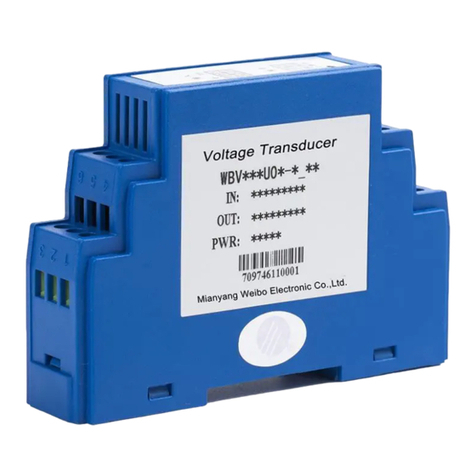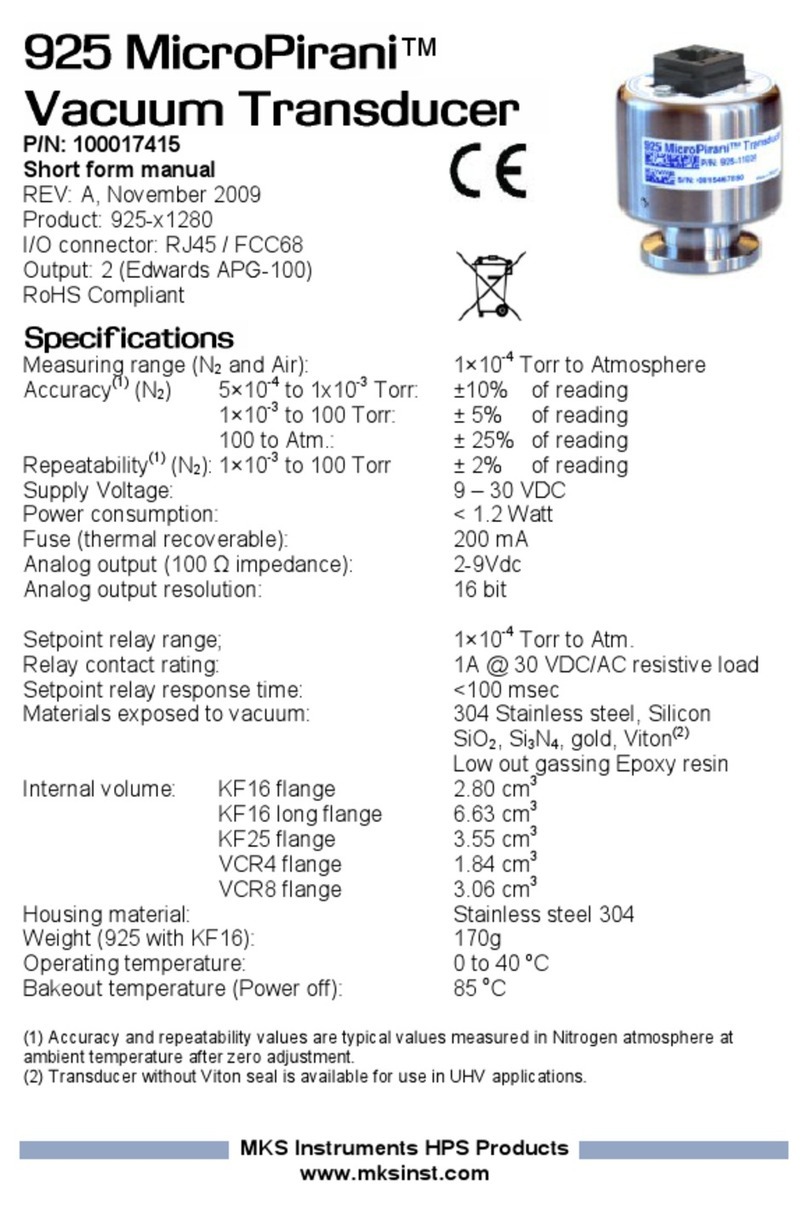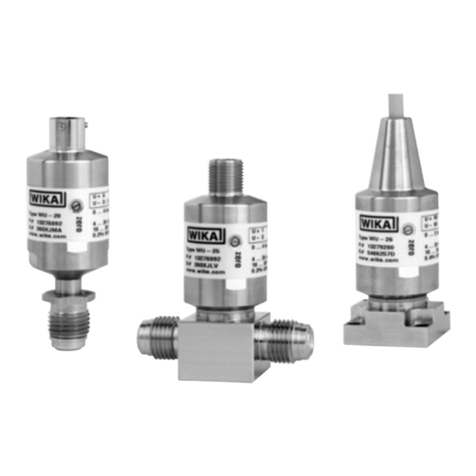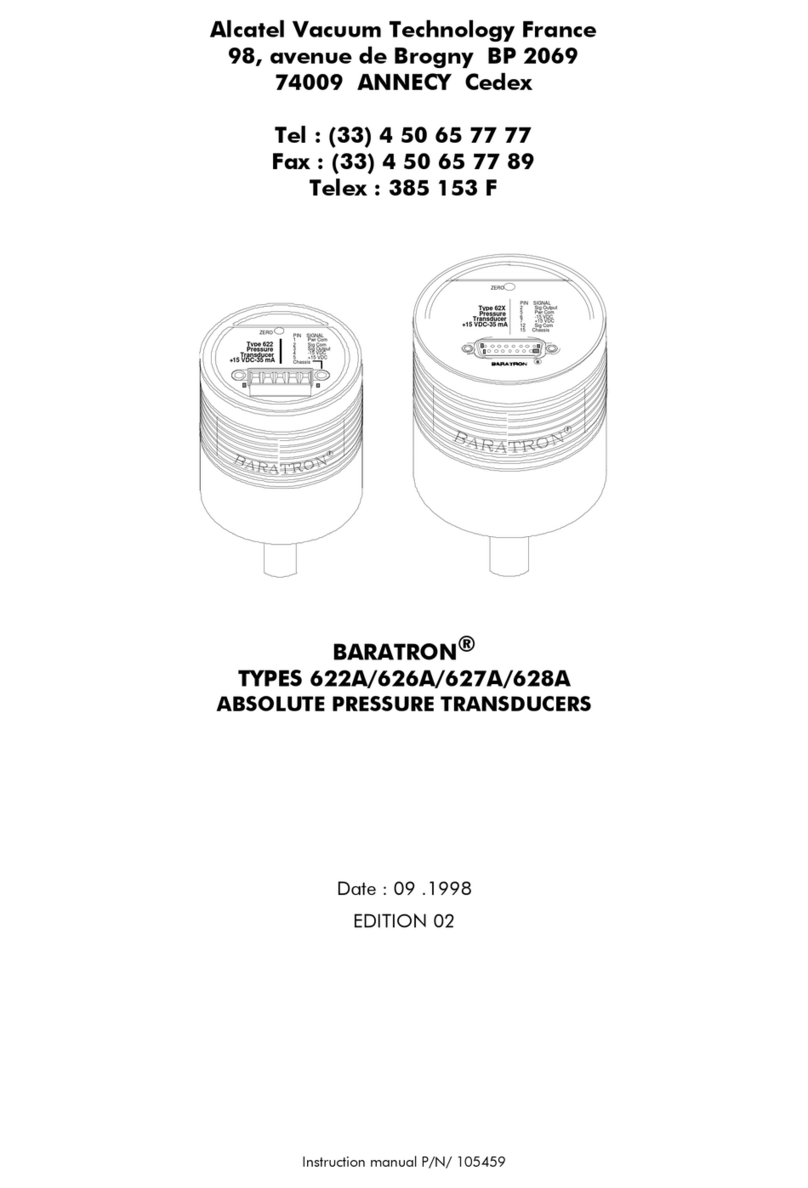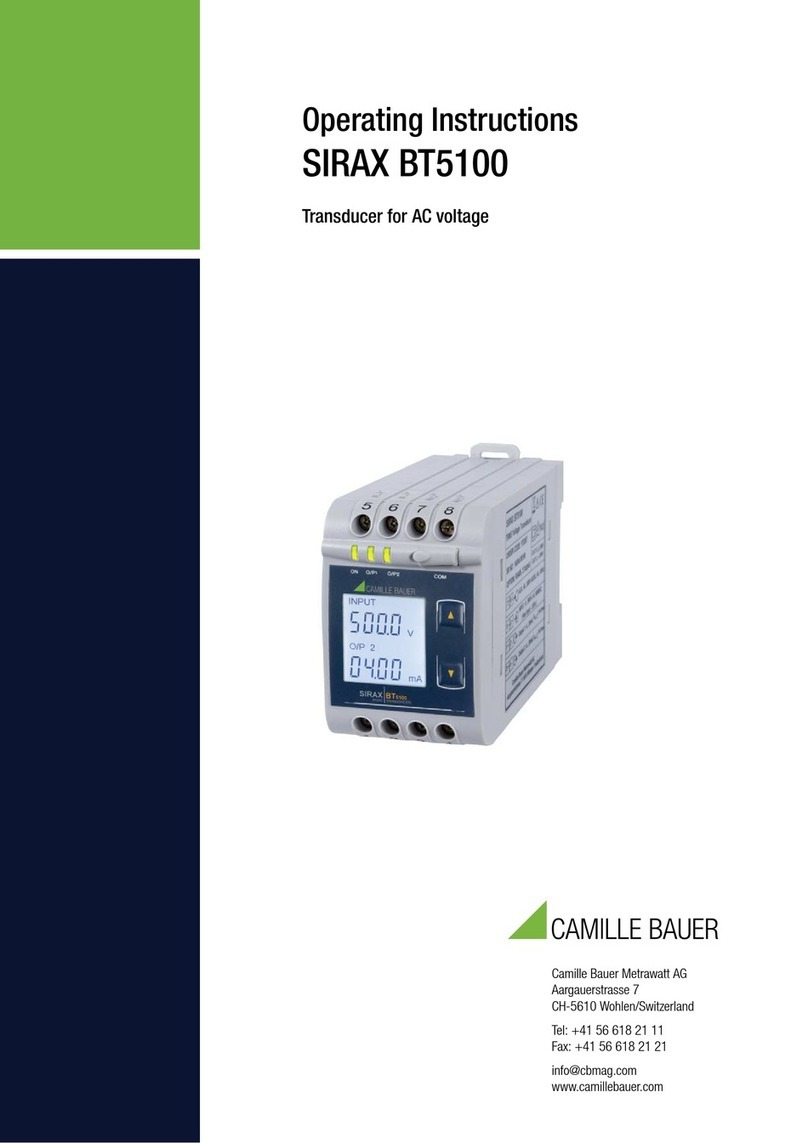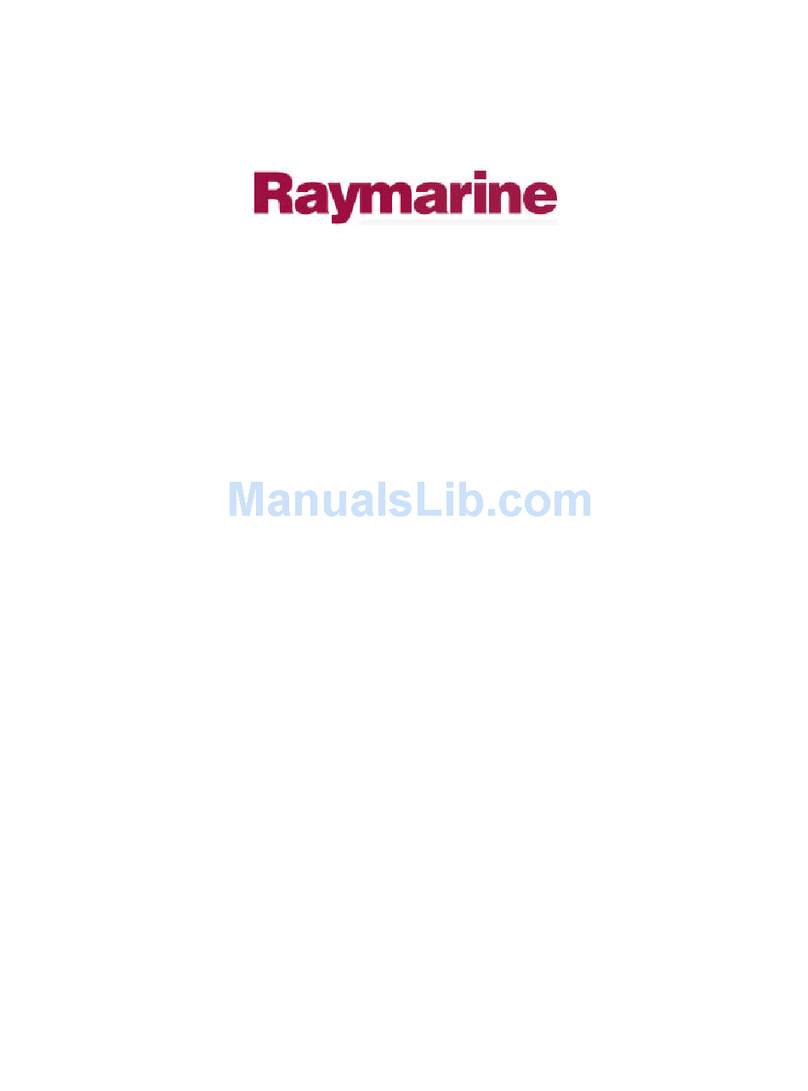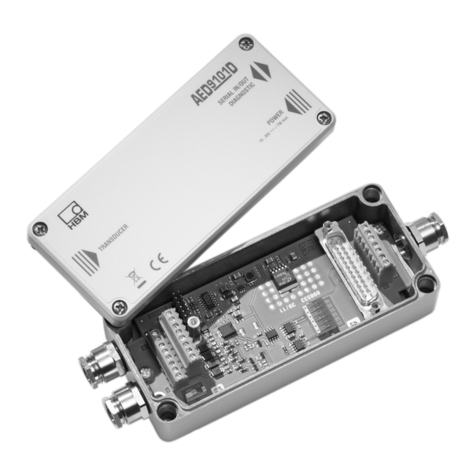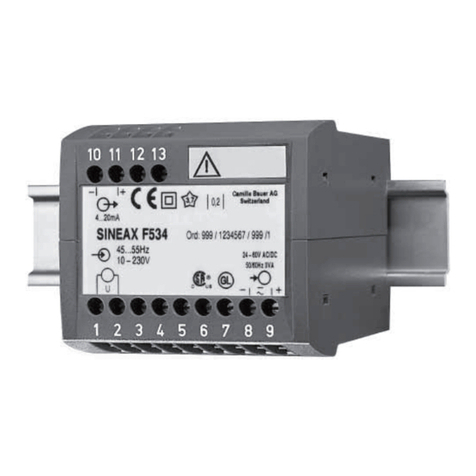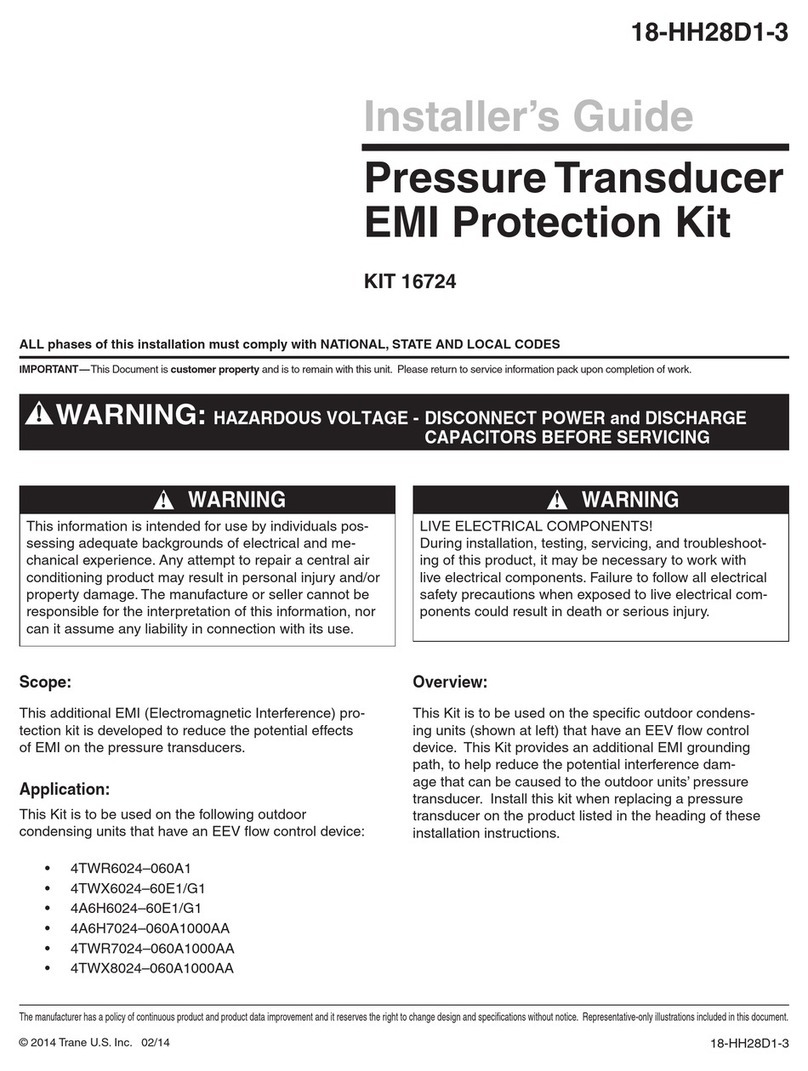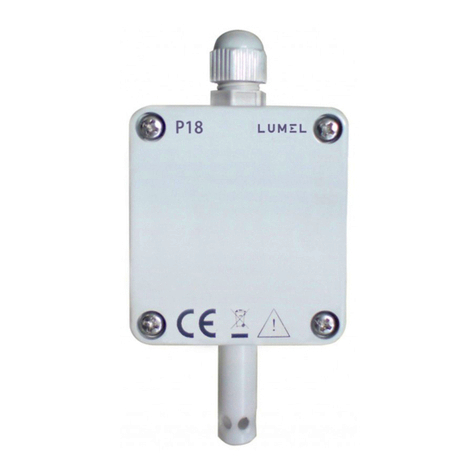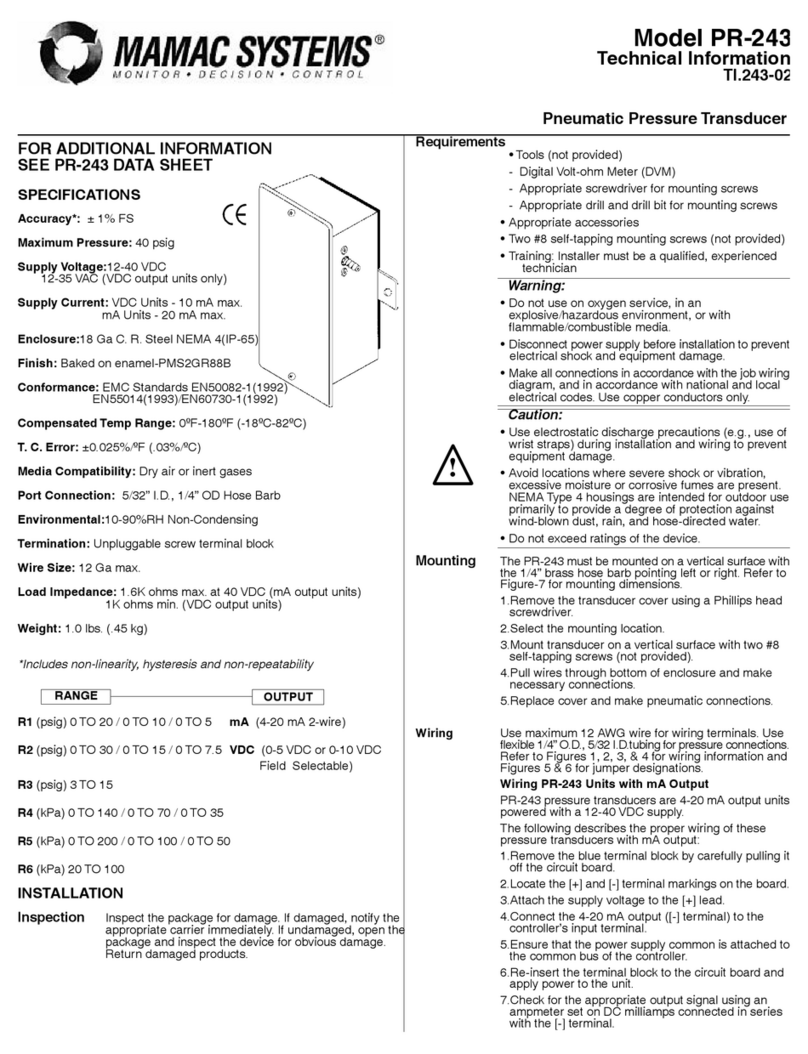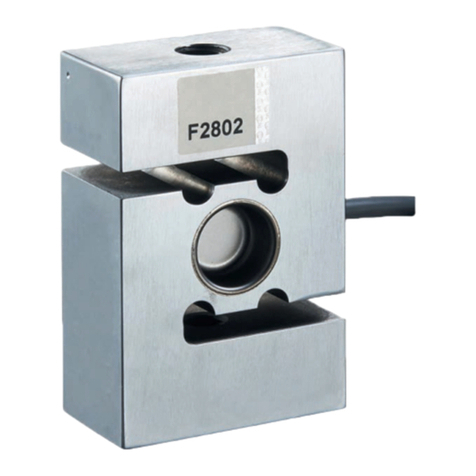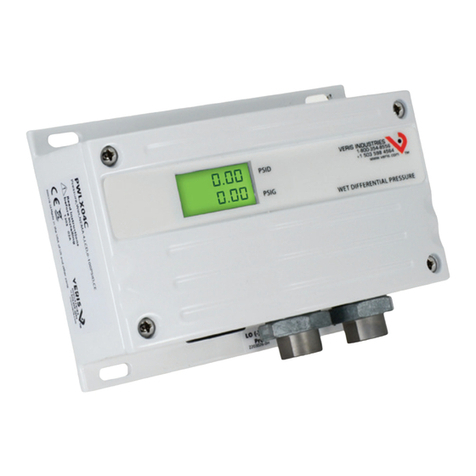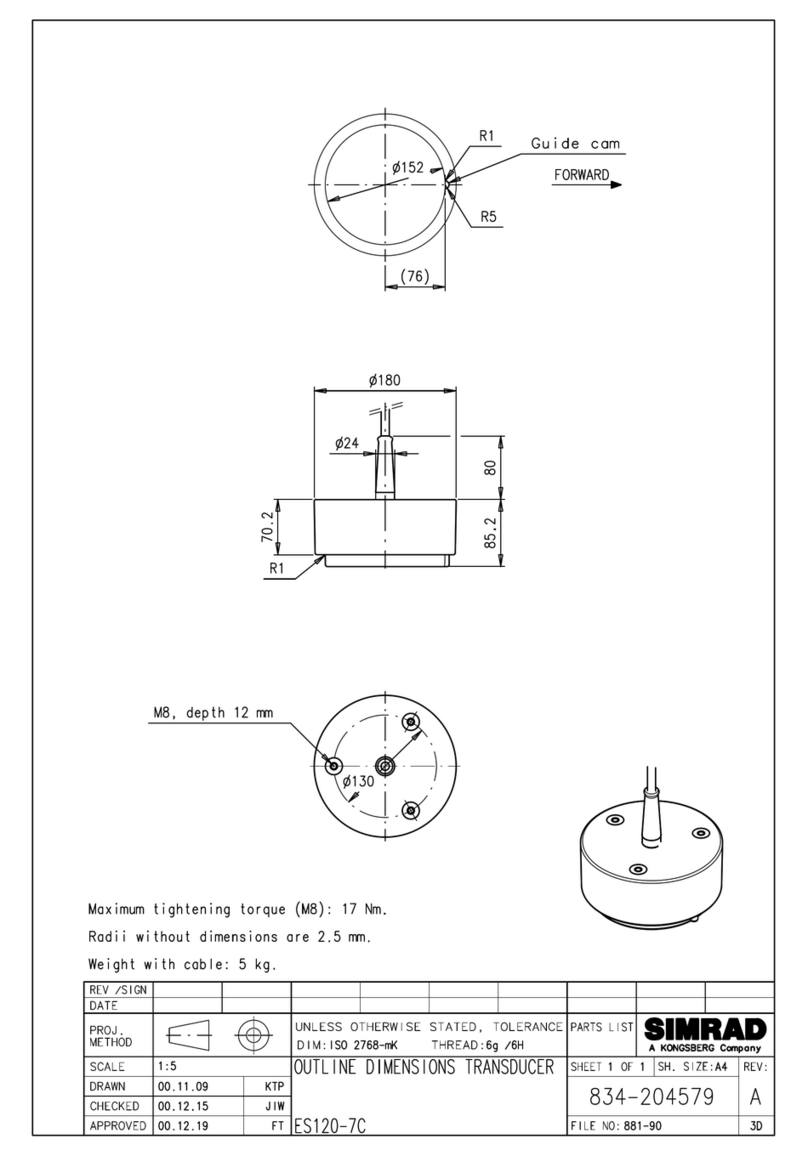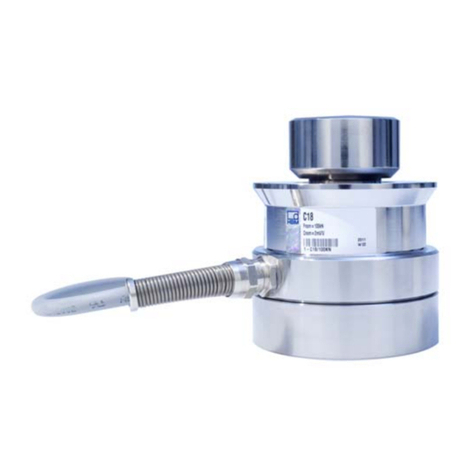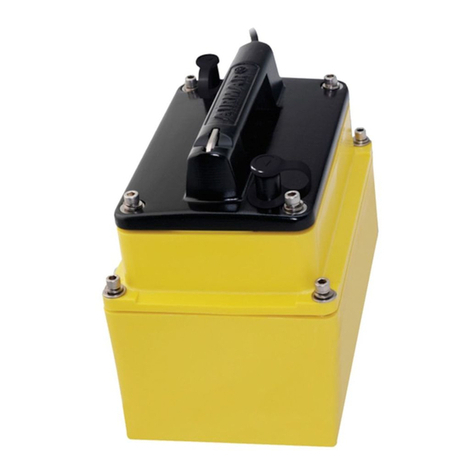
Contents 1. Description ....................................................................5
2. Operation ......................................................................5
3. Disassembly...................................................................6
4. Assembly .......................................................................7
5. Functional Test ...............................................................9
5.1 Preliminary Inspection ........................................................9
5.2 Test Equipment ..................................................................9
5.3 Functional Test Flowchart................................................. 10
6. Spares Numbers ..........................................................11
7. Circuit Description .......................................................12
7.1 Power Supplies................................................................12
7.2 External Signals ...............................................................13
SeaTalk............................................................................... 13
Anemometer....................................................................... 13
Wind Vane ...........................................................................13
Connector Signals (Main PCB) ..............................................14
SeaTalk Cable ................................................................... 14
PL1 (Wind Vane) ................................................................14
PL2 (Anemometer) ............................................................ 14
7.3 Signal Processing............................................................15
Microprocessor...................................................................15
Autohelm ASIC .................................................................... 15
8. PCB Details..................................................................17
8.1 PCB Layout ..................................................................... 17
8.2 PCB Component Lists ......................................................19
Anemometer PCB, Components......................................... 19
Vane PCB, Components.....................................................19
Main PCB, Surface Mount Components, component side ....19
Main PCB, Conventional Components, component side .......19
ST80 Active Wind Transducer
ST80ActiveWindServiceProcedures 83067-1 3
Z219
